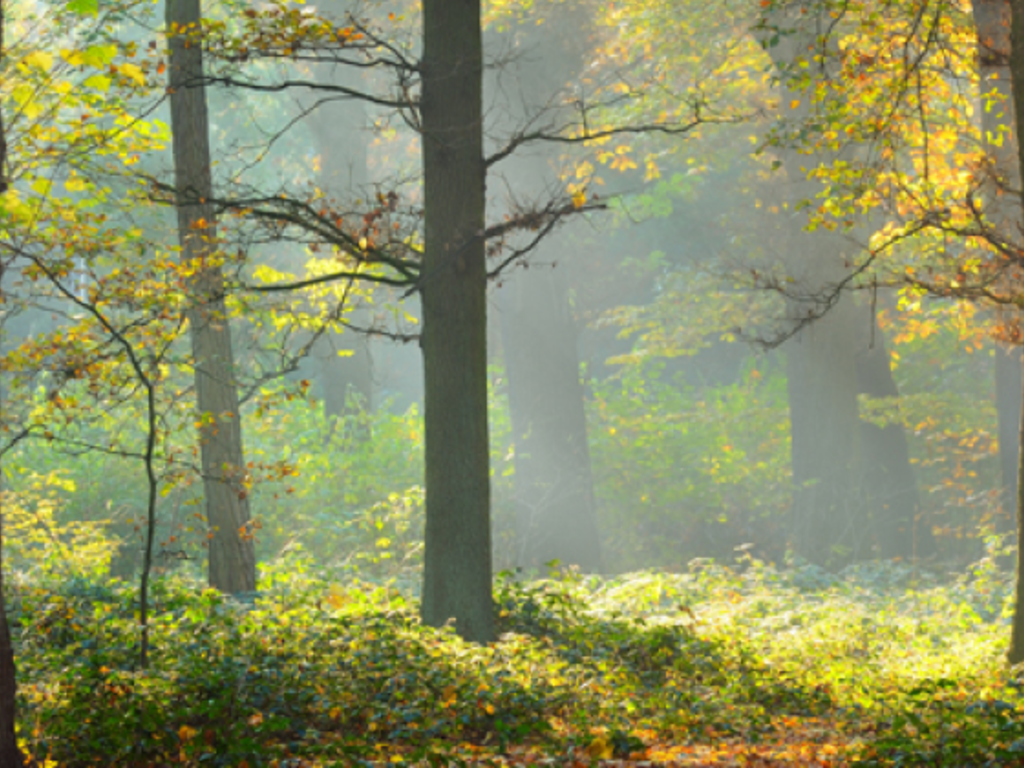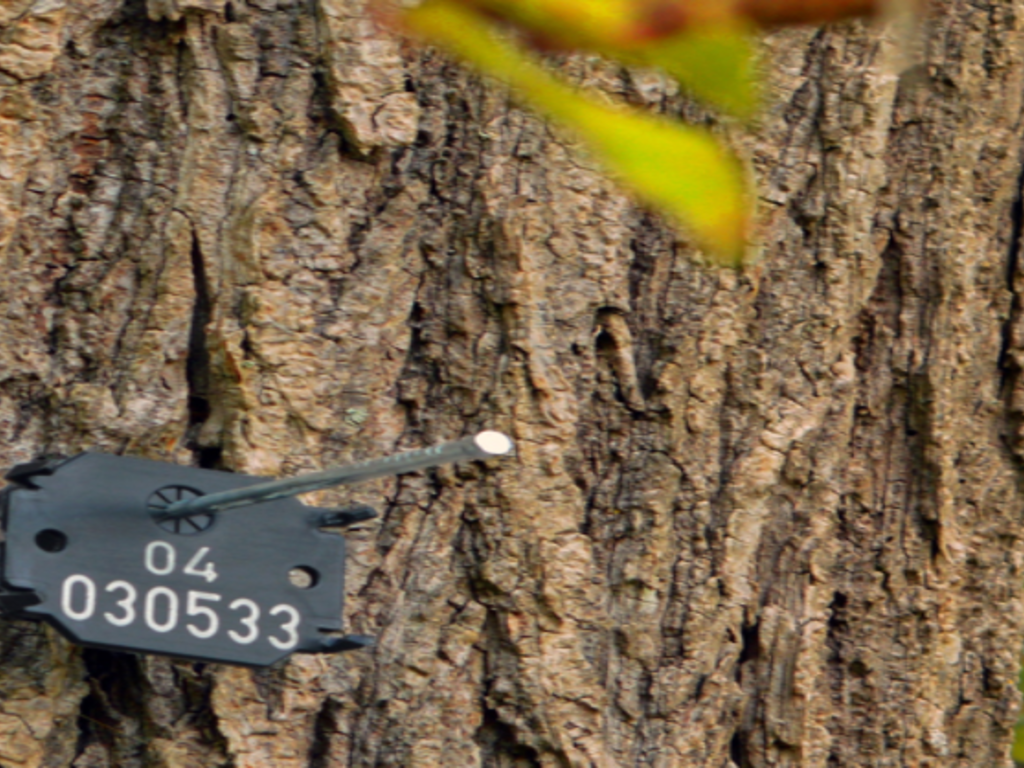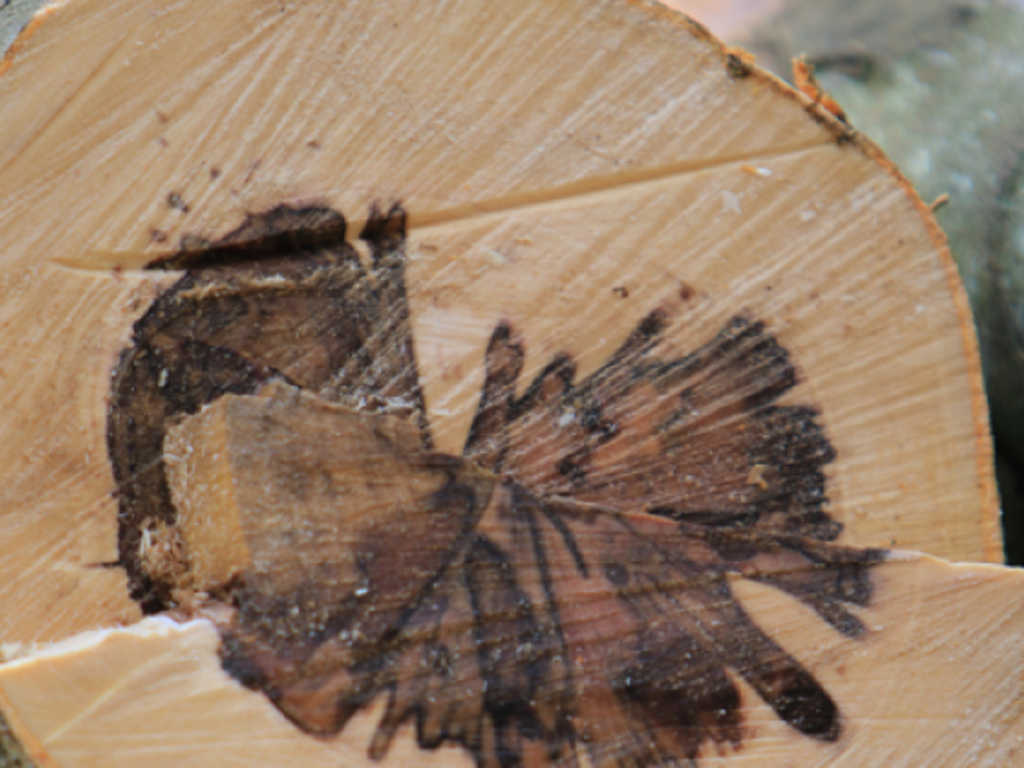How to Conduct a Professional Tree Survey
Landowners who have trees on any part of their land have a legal duty to ensure that those trees are safe. If the land is open to members of the public, it is especially important to make sure that the trees do not present a hazard to health and safety. Some trees may need to undergo bracing to make them safe.
A tree survey is the recognised way of obtaining objective information about trees on any parcel of land. A range of data is collected during a tree survey including the number, species, age and location of trees. If a pre-property development inspection for a potential construction site is needed, the survey will need to be carried out in line with British Standard BS5837:2012. Information relating to the dimensions, health, presence of disease or infestation and damage can also be recorded in a tree health survey.
Here is a useful guide as to how to conduct a professional tree health survey.
Pre-planning a Tree Health Survey
It is necessary to time the survey to be able to detect certain infestations and diseases. It is essential that all areas of the land are covered and no trees are missed. This requires some pre-planning. There are four recognised ways of dividing a large package of land into manageable areas.
Quarter point transects: Identify the diseased tree and then travel in a straight line to the north, south, east, and west in turn, recording other affected trees as you go.
Line transects: This method uses a series of transect lines which are evenly spaced. As you travel along each line, you check trees to your left and right.
Radius Survey: For large expanses of large trees, it is best to establish a circular survey area with a certain radius and then extend it a few metres at a time.
Complete Survey: This is the most comprehensive type of survey and involves every tree in an area of a particular species being examined.
Most of the time, the work is carried out from the ground. However, on some occasions, you will need to get to the higher levels of the tree to check crowns and cavities that are higher up and you will need appropriate safety equipment to do this.
Carrying out a Tree Health Survey
Work your way through the trees, recording the required details of each and using tree tags to mark them by species and location. Each tree would be designated as ‘good’, ‘fair’, or ‘poor’ depending on the nature and degree of damage. Details such as the following will be required:
Species
Location coordinates
Age and life expectancy
Physical condition (note any deadwood and damaged branches)
Size (including crown spread)
Leaf colour
Condition of the canopy
Condition of the roots
Presence of ivy
Presence of fungus
Preparing an Impact Assessment
Using an Arboricultural Impact Assessment (AIA), you would recommend which trees need to be removed and suggest others that could replace them. It is worth noting that if you are carrying out an Arboricultural survey and Tree Constraints Plan you will need to follow BS5837:2012.
All reports will need information on any signs that the tree is infested or infected with pests or disease. A pest infestation can cause a lot of damage to all parts of the tree. Eventually, the structure of the tree will be weakened and it can die. A weakened tree is a danger to the public. Tomographs and sensors may be needed to detect damage that is not easily visible.
Surveys are also a good way of determining if a parcel of land has a large number of poor quality trees and the impact assessment would recommend more appropriate species. Diseases cannot spread so easily when the tree population is diverse.
Surveys will indicate whether the landowner is complying with relevant legislation. Some examples are the Health and Safety at Work Act and the Wildlife and Countryside Act. Health and safety is a key issue for those operating or looking to purchase land that has trees.
Report and Recommendations
The survey arborist has the responsibility for ensuring that all of the information in the report is accurate and that it is presented in a clear and concise way. The information is vital to ensure compliance with legislation so it has to be correct. It is necessary to double check all the details then submit it to the party that can take action. This could be a landowner, a developer, a local authority or a landscape designer.
Be clear about your recommendations relating to which trees should be preserved, which should receive remedial work (such as bracing) and which should be removed. Then give your recommendations for planting and future management.
Armed with your information, the trees on the site can be effectively managed in the future.
About the Author: Paul George is the managing director of Landmark Trading, and has worked in the arboricultural industry for 14 years. Landmark Trading are one the the UK’s leading suppliers of arborist equipment. You can connect with Paul on Twitter, Facebook or call Landmark Trading on 01780 482 231.






